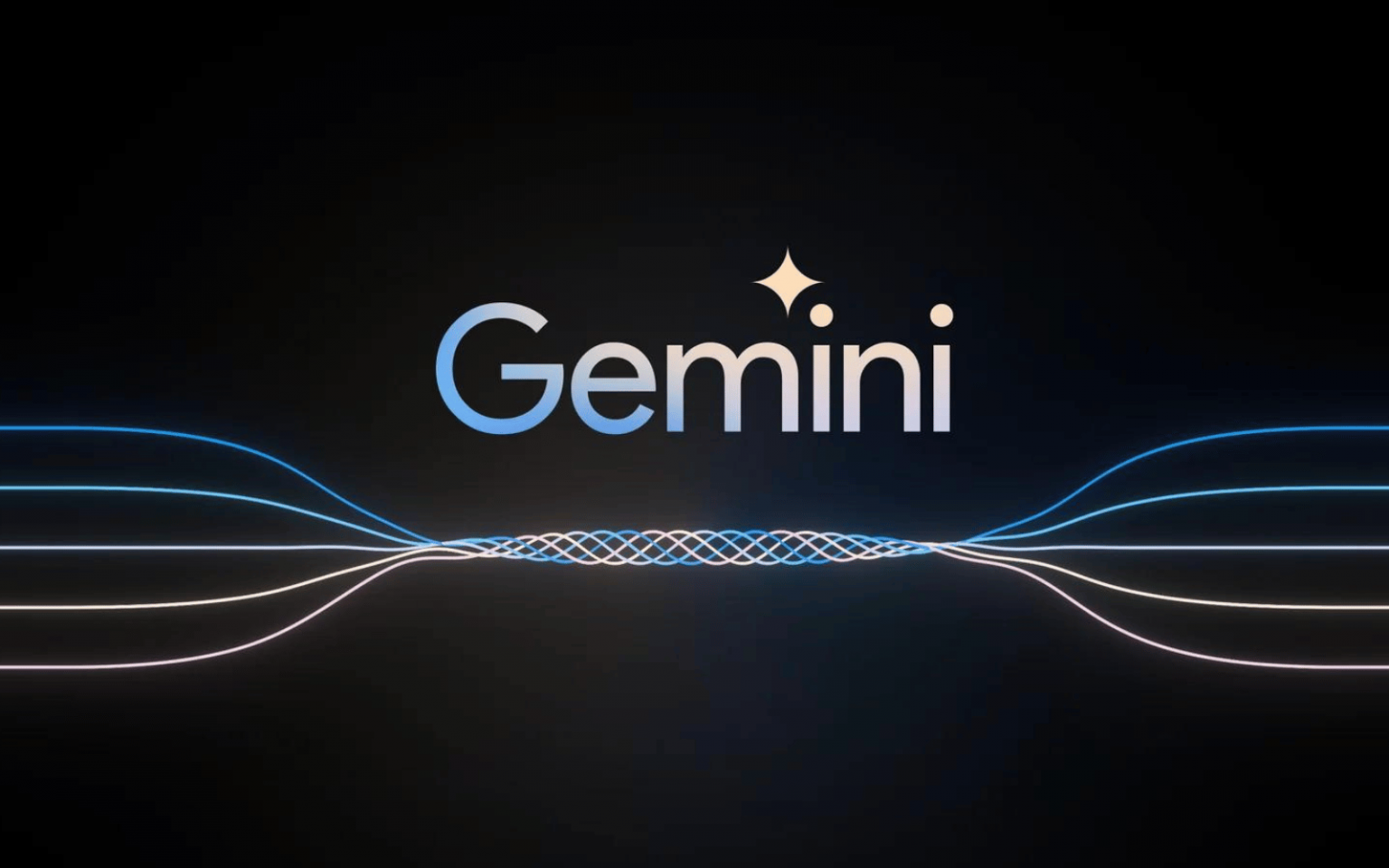All levels of research are being changed by the rise of artificial intelligence (AI). Don’t have time to read that journal article? AI-powered tools such as TLDRthis will summarise it for you. Struggling to find relevant sources for your review? Inciteful will list suitable articles with just the click of a button. Are your human research participants too expensive or complicated to manage? Not a problem – try synthetic participants instead. Each of these tools suggests AI could be superior to humans in outlining and explaining concepts or ideas. But can humans be replaced when it comes to qualitative research? This is something we recently had…
Author: The Conversation
Large parts of west and central Africa, as well as some countries in the south of the continent, were left without internet services on 14 March because of failures on four of the fibre optic cables that run below the world’s oceans. Nigeria, Côte d’Ivoire, Liberia, Ghana, Burkina Faso and South Africa were among the worst affected. By midday on 15 March the problem had not been resolved. Microsoft warned its customers that there was a delay in repairing the cables. South Africa’s News24 reported that, while the cause of the damage had not been confirmed, it was believed that “the cables snapped in shallow waters…
Samsung officially announced the launch of a new smart ring-shaped wearable device, Galaxy Ring, as part of its Galaxy Unpacked event earlier this year. The ring, expected to be on sale in late summer 2024, will be able to monitor the user’s health parameters and provide insights based on the health metrics observed, which is very similar to what a smartwatch can do. The global smart ring market is expected to grow from USD$314.52 billion (£246.3 billion) in 2023 to USD$2,570.30 billion (£2,012 billion) by 2030. So it is no surprise that Apple is now rumoured to be applying for its smart ring patents and is…
The American aerospace giant Boeing has been synonymous with safe air travel for decades. Since the 1990s, Boeing and its European competitor Airbus have dominated the market for large passenger jets. But this year, Boeing has been in the news for all the wrong reasons. In January, an emergency door plug blew off a Boeing 737 MAX in mid flight, triggering an investigation from United States federal regulators. More recently, we have seen a Boeing plane lose a tyre while taking off, another flight turned back as the plane was leaking fluid, an apparent engine fire, a landing gear collapse, a stuck…
Is or was there life on Mars? That profound question is so complex that it will not be fully answered by the two NASA rovers now exploring it. But because of the literal groundwork the rovers are performing, scientists are finally investigating, in-depth and in unprecedented detail, the planet’s evidence for life, known as its “biosignatures.” This search is remarkably complicated, and in the case of Mars, it is spanning decades. As a geologist, I have had the extraordinary opportunity to work on both the Curiosity and Perseverance rover missions. Yet as much as scientists are learning from them, it will…
In December 2023, Google announced the launch of its new large language model (LLM) named Gemini. Gemini now provides the artificial intelligence (AI) foundations of Google products; it is also a direct rival to OpenAI’s GPT-4. But why is Google considering Gemini as such an important milestone, and what does this mean for users of Google’s services? And generally speaking, what does it mean in the context of the current hyperfast-paced developments of AI? AI everywhere Google is betting on Gemini to transform most of its products by enhancing current functionalities and creating new ones for services such as search, Gmail, YouTube and its…
In early March 2024 the residents of Johannesburg, South Africa’s largest city and the economic capital of the country, were hit by extended cuts in water supplies. This was a new low after months of continuous deterioration. Professor in the School of Geography, Archaeology and Environmental Studies at the University of the Witwatersrand Craig Sheridan sets out the risks this poses to drinking water in the city. What can get into my water that will make me sick? Two things. You can have chemicals in the water that are toxic, or you can have pathogenic organisms which can make you ill. These…
Emotion artificial intelligence (AI) uses biological signals such as vocal tone, facial expressions and data from wearable devices as well as text and how people use their computers, promising to detect and predict how someone is feeling. It is used in contexts both mundane, like entertainment, and high stakes, like the workplace, hiring and health care. A wide range of industries already use emotional AI, including call centres, finance, banking, nursing and caregiving. Over 50% of large employers in the U.S. use emotional AI aiming to infer employees’ internal states, a practice that grew during the COVID-19 pandemic. For example, call centres monitor what…
Imagine opening your front door wide and inviting the world to listen in on your most private conversations. Unthinkable, right? Yet, in the digital realm, people inadvertently leave doors ajar, potentially allowing hackers, tech companies, service providers and security agencies to peek into their private communications. Much depends on the applications you use and the encryption standards the apps uphold. End-to-end encryption is a digital safeguard for online interactions. It’s used by many of the more popular messaging apps. Understanding end-to-end encryption is crucial for maintaining privacy in people’s increasingly digital lives. While end-to-end encryption effectively secures messages, it is not foolproof against all cyberthreats and…
Rechargeable batteries are great for storing energy and powering electronics from smartphones to electric vehicles. In cold environments, however, they can be more difficult to charge and may even catch on fire. I’m a mechanical engineering professor who’s been interested in batteries since college. I now lead a battery research group at Drexel University. In just this past decade, I have watched the price of lithium-ion batteries drop as the production market has grown much larger. Future projections predict the market could reach thousands of GWh per year by 2030, a significant increase. But, lithium-ion batteries aren’t perfect – this rise comes with risks, such as…










